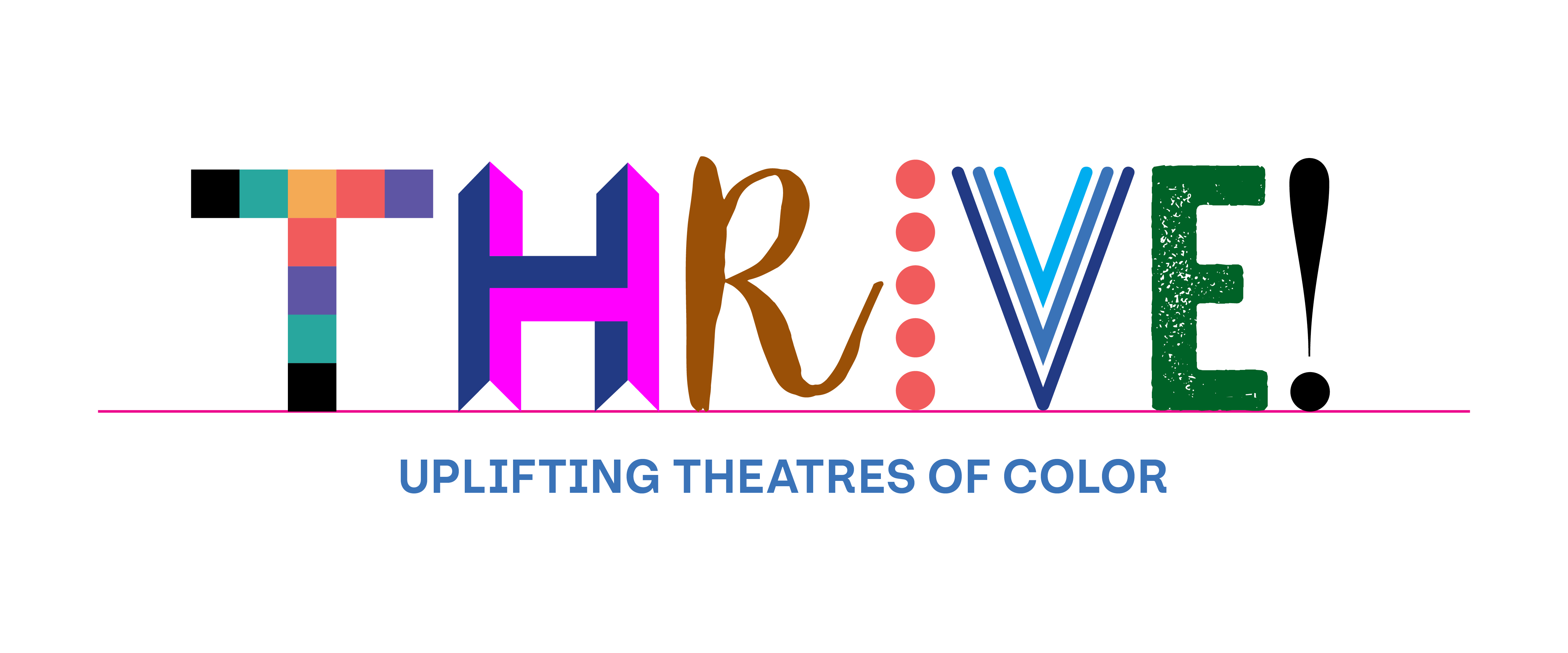
Overview
Grants
Programming
Resources
What is THRIVE!?
THRIVE! is TCG's ongoing commitment to uplifting the work of Black, Indigenous, Theatres of Color (BITOC) and Black, Indigenous, People of Color (BIPOC) through grants; in-person and online programming; media and publications. This commitment to nurture and support BITOC and BIPOC is not new to TCG and spans decades. A significant marker was TCG’s 2003 convening of leaders from 21 BITOC at White Oak Plantation, FL, that resulted in the formation of the Consortium of Asian American Theatres and Artists (CAATA) and other BITOC engaging in peer mentoring on capital campaigns and advocacy. Fifteen years later, a 2018 convening in St. Louis—a pre-conference to our national conference in that city—brought together 47 BIPOC theatre-makers and individual artists to build new alliances and organize around shared values. TCG has been an incubator for conversations leading to the newly-formed national organization, Middle Eastern and North African Theater Makers Alliance (MENATMA). We have also been nurturing the growth of a similar network for the Native theatre community. Affinity group meetings for BITOC have been a consistent part of the National Conference programming for more than a decade.
Furthermore, our Intergenerational Leaders of Color National Conference gatherings have grown from 25 people to hundreds.
TCG actively leverages its relationships with other grantmakers to advocate for the inclusion and support of a wider cross-section of BITOC, who due to budget size and organizational structure are not currently considered eligible. Working with the Advisory Circle, direct dialogues with grantmakers are a core component of REBUILD activities, with the intention of BITOC having opportunities to build their own relationships with grantmakers.
*BITOC and BIPOC are terms used here for solidarity purposes representing a multiplicity of racial, ethnic, and cultural groups. We acknowledge that the terms 'BITOC' and 'BIPOC' are imperfect, not universally embraced by many who identify as People of Color and/or People of the Global Majority, and that language is in a constant state of reimagination and redefinition. For reference, Black, Indigenous, and People of Color represent over 80% of the global population. It is possible that during the program period, the language may shift again.